Welcoming an exotic pet into your home represents an exciting adventure that differs significantly from adopting traditional companions like cats or dogs. Exotic pets—whether they’re reptiles, amphibians, unusual mammals, or rare birds—have specialized needs that require thoughtful preparation and careful planning. Creating an appropriate environment isn’t just about making your new pet comfortable; it’s essential for their health, well-being, and longevity. This comprehensive guide will walk you through the crucial steps to transform your living space into a safe haven for your exotic companion, ensuring both of you enjoy a harmonious relationship from day one.
Research Before You Commit
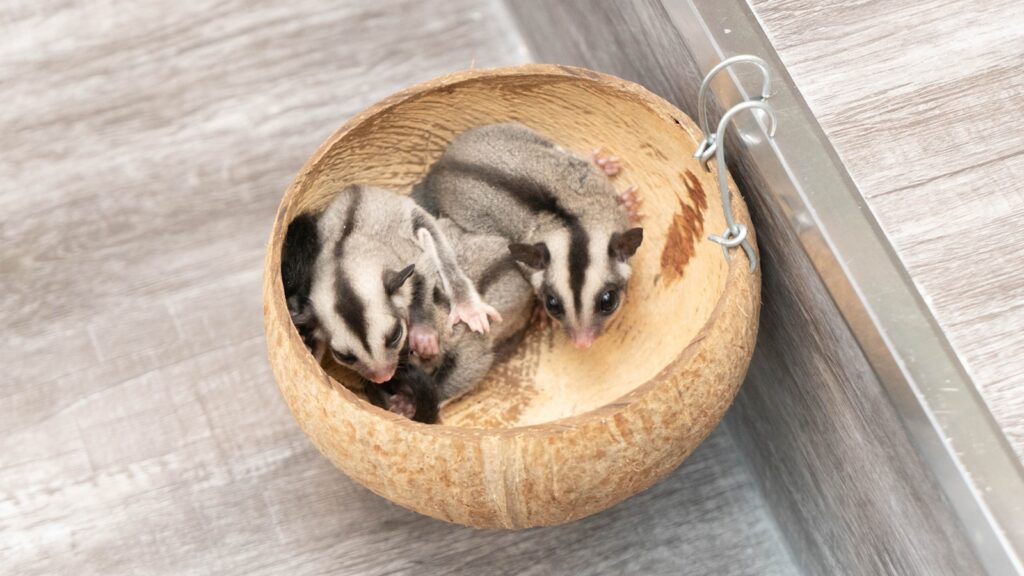
Before bringing home an exotic pet, thorough research is absolutely essential and should begin long before the actual purchase. Different species have vastly different requirements regarding space, temperature, humidity, diet, and social needs that may not align with your living situation or lifestyle. Investigate reputable sources including veterinary journals, species-specific care guides, and forums where experienced keepers share their knowledge and experiences. Connect with exotic pet veterinarians in your area to ensure you’ll have access to specialized care when needed. Understanding the full lifespan of your chosen pet—which might range from a few years to several decades—helps you prepare for a long-term commitment that may extend well beyond what you initially anticipate.
Legal Considerations and Permits

The legality of exotic pet ownership varies dramatically depending on your location, making it crucial to thoroughly research and comply with all relevant regulations. Many cities, counties, and states have specific laws restricting certain exotic species, requiring permits, or prohibiting them entirely due to concerns about public safety, animal welfare, or ecological impact if released. Contact your local wildlife department, animal control office, or municipal government to verify which permits or licenses you might need before bringing your exotic pet home. Some housing situations add another layer of complexity—apartment buildings, homeowners associations, and rental properties often have their own restrictions beyond local laws. Failing to address these legal considerations can result in hefty fines, confiscation of your pet, and potentially even criminal charges in severe cases.
Creating the Proper Enclosure

The enclosure for your exotic pet represents their entire world and must be thoughtfully designed to meet all their biological needs. Size requirements vary tremendously between species—what works for a small gecko would be woefully inadequate for a large monitor lizard or a prairie dog. Many exotic pets need enclosures that provide vertical space for climbing as well as horizontal room for exploration and exercise. Material selection matters significantly; while glass terrariums work well for many reptiles, they may be inappropriate for animals that need better ventilation or could injure themselves against hard surfaces. Always purchase or build the enclosure before bringing your pet home, allowing time to set it up properly and ensure it maintains appropriate environmental conditions consistently. Remember that many exotic species will grow considerably over time, so planning for their adult size rather than their juvenile needs saves you from constantly upgrading their living space.
Temperature and Humidity Control

For most exotic pets, maintaining precise temperature and humidity levels isn’t just about comfort—it’s literally a matter of life and death. Many reptiles, amphibians, and invertebrates are ectothermic (cold-blooded), relying entirely on environmental heat to regulate their bodily functions and metabolism. Creating appropriate temperature gradients within the enclosure allows your pet to thermoregulate by moving between warmer and cooler areas as needed. Invest in reliable thermometers and hygrometers, placing several throughout the enclosure to monitor conditions in different zones. Heating equipment such as under-tank heaters, ceramic heat emitters, heat lamps, and radiant heat panels must be controlled with thermostats to prevent dangerous temperature fluctuations or hot spots that could cause burns. Humidity requirements can be addressed through regular misting, incorporating water features, using specialized substrates that hold moisture, or installing automated misting systems for species with demanding humidity needs.
Lighting Requirements

Proper lighting is a critical aspect of exotic pet care that directly impacts their physical health, behavior, and psychological well-being. Many reptiles require specific UVB lighting that enables them to synthesize vitamin D3, which is essential for calcium metabolism and preventing metabolic bone disease. Different species need varying UVB intensity levels, so research your specific pet’s requirements rather than assuming all UVB bulbs are suitable. Consider the natural photoperiod (day/night cycle) of your pet’s native habitat and replicate it using timers to automatically control lighting schedules. Some nocturnal species may be stressed by bright daytime lighting but still benefit from low-intensity UVB exposure, creating a complex balance to maintain. Remember that UVB bulbs degrade over time even when they appear to be working normally, requiring replacement every 6-12 months depending on the manufacturer’s specifications.
Selecting Appropriate Substrate
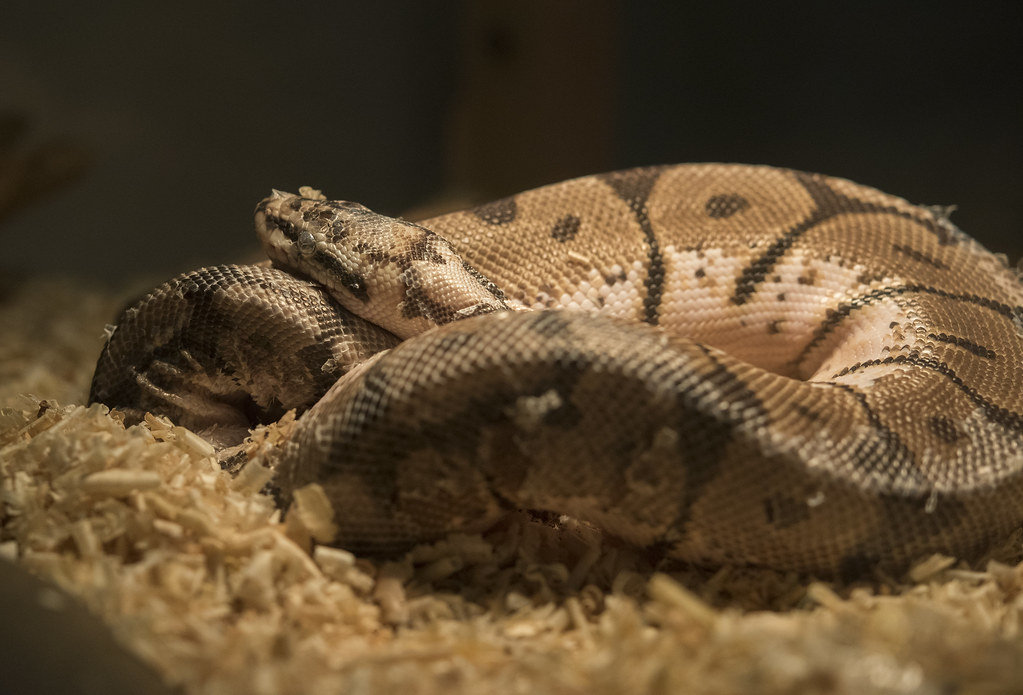
The substrate you choose forms the foundation of your exotic pet’s environment and serves multiple functions beyond simple aesthetics. Different animals have vastly different substrate needs—desert-dwelling reptiles might require sand or crushed walnut shells, while tropical species may need moisture-retaining coconut fiber or sphagnum moss to maintain humidity. Some substrates present ingestion hazards, particularly for curious animals that might accidentally consume loose particles while feeding, potentially causing dangerous intestinal impactions. Burrowing species need substrates deep enough to allow natural digging behavior, which is essential for their psychological well-being and stress reduction. For animals with specialized bathroom habits, choose substrates that help manage waste effectively or are easy to spot-clean, preventing the buildup of harmful bacteria and ammonia. Remember that substrate is not a one-time purchase; it requires regular replacement or cleaning to maintain a healthy environment for your exotic companion.
Feeding and Water Station Setup
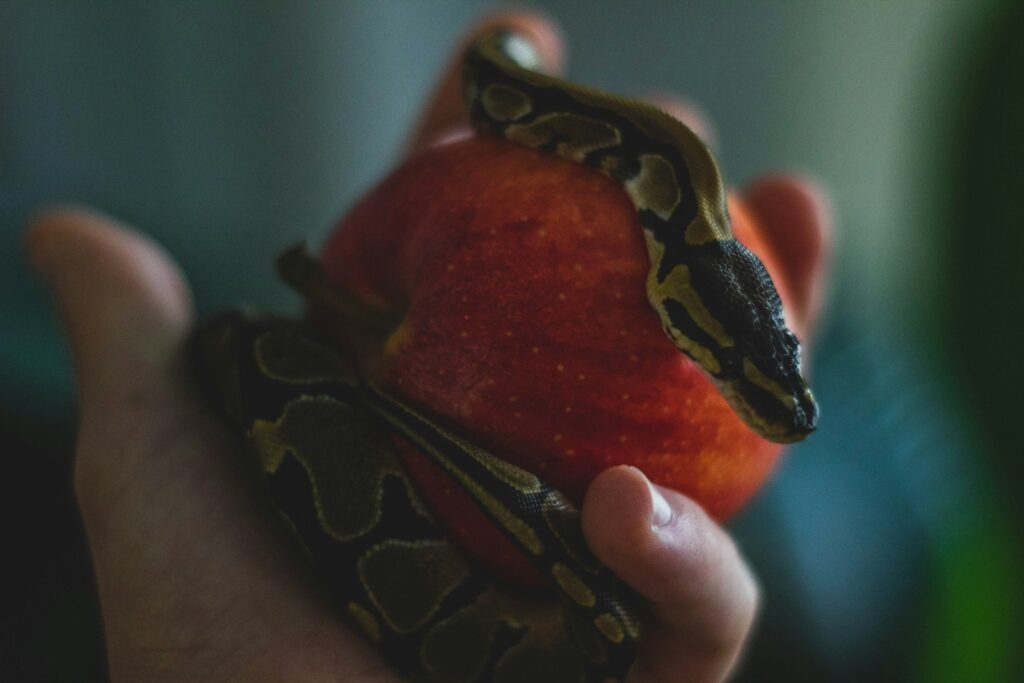
Creating appropriate feeding and hydration stations requires understanding your exotic pet’s natural feeding behaviors and water preferences. Some species need elevated feeding platforms, while others prefer ground-level food presentation or even underwater feeding arrangements for aquatic species. Water presentation varies dramatically across exotic pets—some require large water bowls for soaking, others obtain most of their hydration from food, and certain species like chameleons rarely recognize standing water and prefer licking droplets from leaves or misting systems. Consider how food and water stations impact enclosure humidity; open water sources increase ambient moisture, which may benefit tropical species but could create problems for desert dwellers. Position food and water stations strategically to minimize contamination from waste materials, shedding skin, or substrate particles that could harbor harmful bacteria. For pets requiring live prey, designate a specific feeding area or temporary container to prevent escaped feeder insects from hiding in the enclosure and potentially stressing or biting your pet during rest periods.
Enrichment and Habitat Features

Environmental enrichment is essential for the psychological wellbeing of exotic pets, preventing boredom, reducing stress, and encouraging natural behaviors. Incorporate appropriate climbing structures like branches, vines, or commercial reptile ladders for arboreal species, ensuring they’re securely anchored to prevent falls and injuries. Provide hiding spots in multiple locations throughout the enclosure, allowing your pet to retreat when feeling threatened, which is particularly important during the adjustment period to a new home. Consider your pet’s natural habitat when selecting decorative elements—desert species benefit from rock formations that retain heat, while tropical animals may enjoy live plants that help maintain humidity and provide natural cover. Rotate enrichment items periodically to create novel experiences and stimulate exploration, being mindful that some exotic pets are neophobic (fear new things) and may need slow, gradual introductions to new objects. Remember that while aesthetically pleasing setups are rewarding for owners, the primary focus should always be creating a functional environment that meets your pet’s biological and behavioral needs.
Pet-Proofing Your Home
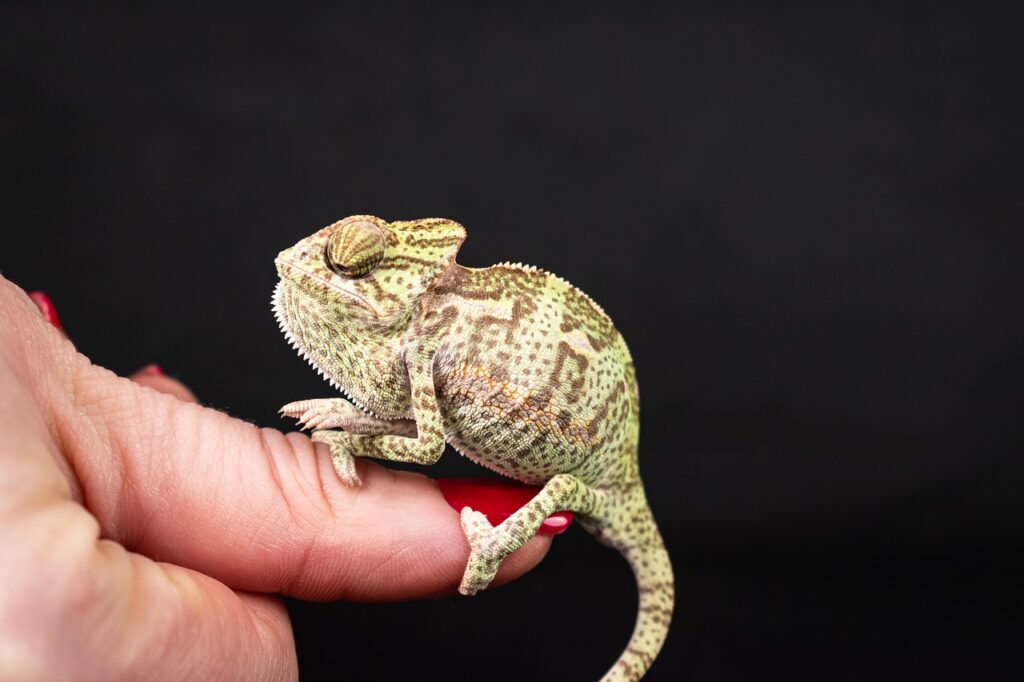
Even with a secure enclosure, many exotic pets will have supervised free-roaming time, making pet-proofing crucial for their safety during these periods. Identify and eliminate common household hazards such as exposed electrical cords that could be chewed, toxic houseplants, chemical cleaning products, and small objects that might be ingested. Be aware of hidden dangers like ceiling fans, which can injure flying birds, or tight spaces where small mammals might become trapped. Many exotic pets are exceptionally skilled escape artists, necessitating careful inspection of rooms for potential exit points such as vents, small gaps under doors, or access to wall voids. Temperature dangers abound in average homes—prevent access to areas that might be too hot (near heaters or in direct sunlight) or too cold (near air conditioning vents or drafty windows) for your temperature-sensitive exotic pet. Remember that other household pets might view your exotic companion as prey or a threat, so always supervise interactions and maintain separate spaces when necessary.
Finding an Exotic Veterinarian
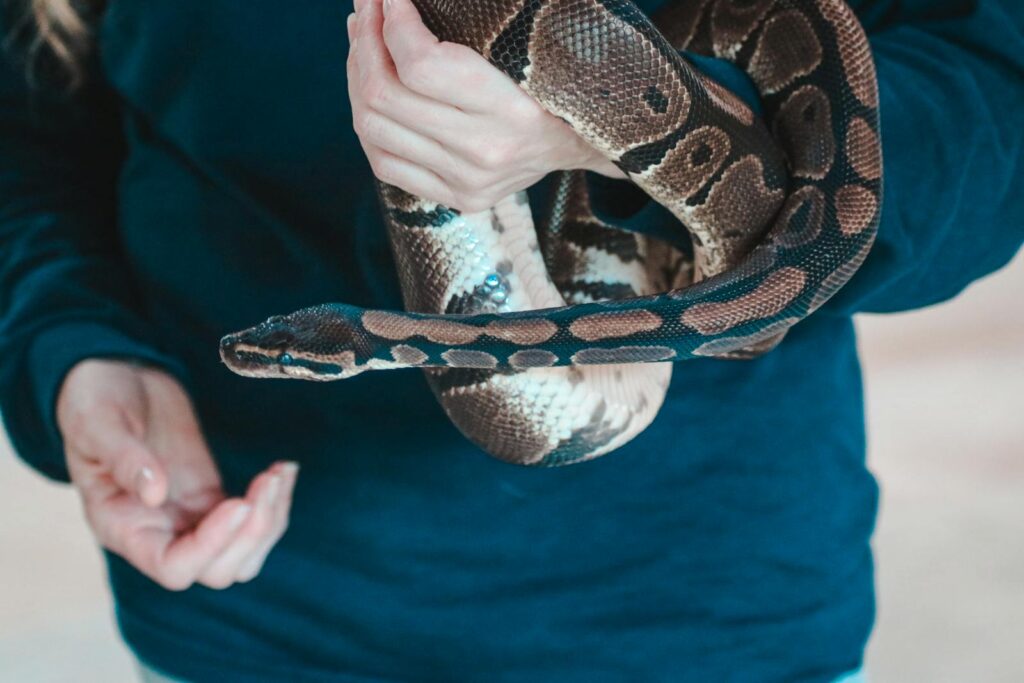
Locating a qualified veterinarian with specific experience treating your exotic species should be accomplished before bringing your new pet home. Standard veterinary training often includes limited instruction on exotic species, making it essential to find a specialist who regularly treats animals similar to yours and stays current with the latest research and treatment protocols. Contact potential veterinarians to inquire about their experience with your specific species, ask about their continuing education in exotic pet medicine, and determine whether they have the specialized equipment necessary for proper diagnosis and treatment. Consider proximity when choosing your exotic vet, as lengthy transport times during emergencies can be stressful or even dangerous for sensitive species. Once you’ve selected your veterinarian, schedule a wellness exam shortly after acquiring your pet to establish a baseline for their health and discuss preventative care protocols specific to your species. Establish an emergency plan, including after-hours contact information and the location of the nearest 24-hour exotic emergency facility, before any urgent situation arises.
Quarantine Procedures for Multiple Pets

If you already have exotic pets in your home, implementing proper quarantine procedures for new arrivals is essential to prevent potential disease transmission between animals. Set up a completely separate quarantine area in a different room from existing pets, using dedicated tools, bowls, and equipment that won’t be shared during the quarantine period. Maintain strict hygiene protocols, including thorough handwashing and clothing changes when moving between quarantined animals and established pets. The quarantine period should typically last at least 30-90 days, depending on the species involved and their specific disease risks, allowing sufficient time for any latent health issues to become apparent. During quarantine, arrange for a thorough veterinary examination including appropriate parasite screenings, bacterial cultures, and any species-specific tests recommended by your exotic veterinarian. This isolation period also provides valuable time to observe your new pet’s behavior, eating habits, and waste production in a controlled environment, establishing what’s normal before introducing potential variables from interaction with other animals.
Emergency Preparedness
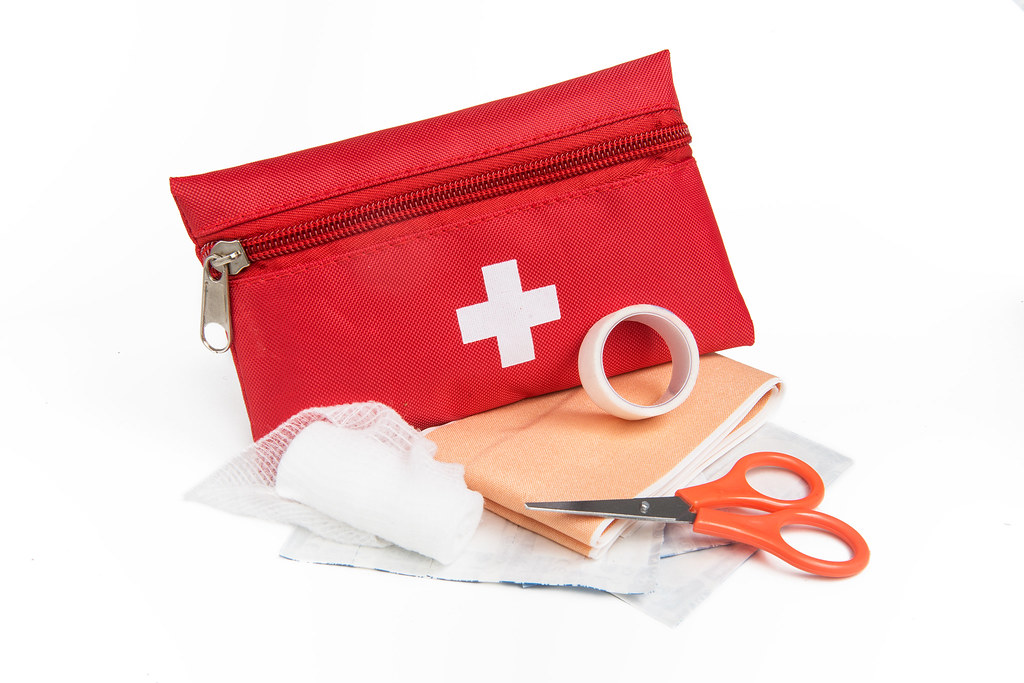
Developing comprehensive emergency plans for your exotic pet addresses both medical emergencies and natural disasters that might require evacuation or extended power outages. Assemble a species-specific first aid kit containing items like digital thermometers, sterile saline solution, appropriate wound care supplies, and any medications your veterinarian recommends having on hand. Create detailed care instructions that could be followed by someone unfamiliar with your pet in case you’re incapacitated or unavailable during an emergency. For disaster preparedness, invest in backup power sources for critical equipment like heaters or filters, considering battery-operated or generator-powered alternatives that can maintain life-supporting environmental conditions during outages. Prepare appropriate transport containers that can safely house your pet during evacuation scenarios, including portable heating or cooling options for temperature-sensitive species. Research emergency accommodations in advance, as many evacuation shelters won’t accept exotic pets, making it necessary to identify pet-friendly hotels or boarding facilities outside your immediate area that can accommodate your specific exotic species.
Building a Support Network
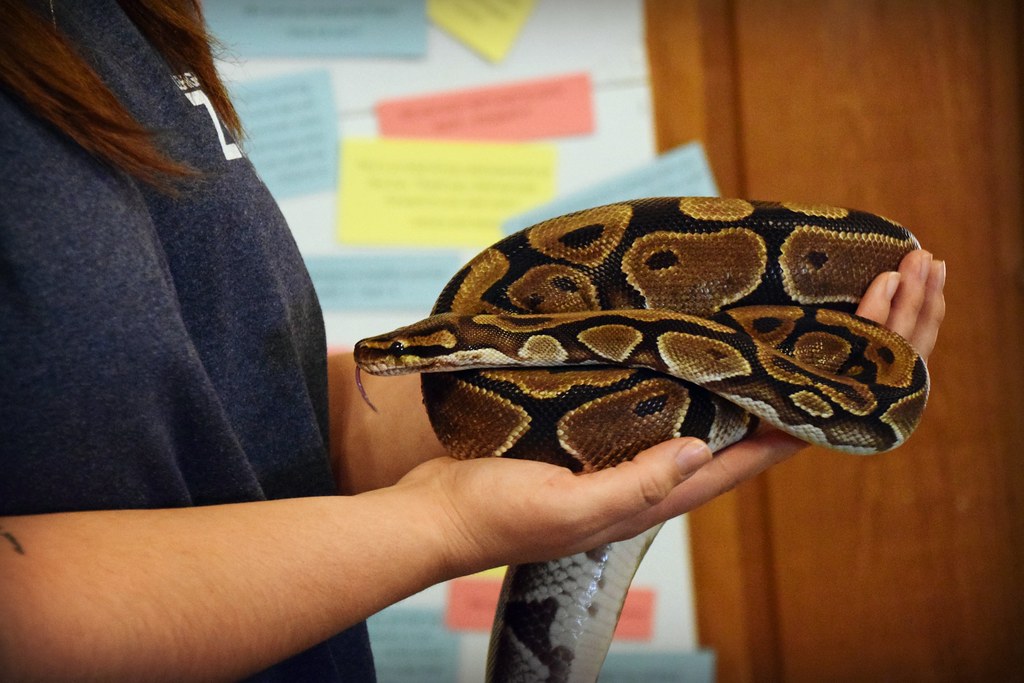
Establishing connections with experienced keepers and reputable organizations provides invaluable support throughout your exotic pet ownership journey. Join species-specific forums, social media groups, and local herpetological or exotic pet societies where you can ask questions, share experiences, and learn from others’ successes and mistakes. Identify potential pet-sitters with specific experience caring for your type of exotic pet well before you need their services, as finding qualified care on short notice can be challenging for unusual species. Connect with breeders or rescues focused on your specific pet type, as they often remain excellent resources for specialized care information long after the adoption or purchase. Consider establishing relationships with multiple exotic veterinarians in your region, providing backup options if your primary vet is unavailable during an emergency or if a particular case requires specialized expertise. Remember that responsible exotic pet ownership includes giving back to the community by sharing your knowledge and experiences as you gain expertise, helping others provide better care for their exotic companions.
Preparing your home for an exotic pet requires significant research, investment, and commitment to creating an environment that supports their unique needs. By thoroughly addressing each aspect of their care—from legal considerations and proper enclosures to specialized veterinary support and emergency planning—you set the foundation for a rewarding relationship with your unusual companion. Remember that exotic pet ownership carries substantial responsibility, not just to the animal in your care but to the broader community and environment. With proper preparation and ongoing education, you can provide a safe, enriching home for your exotic pet while experiencing the joy and fascination these remarkable animals bring to our lives.


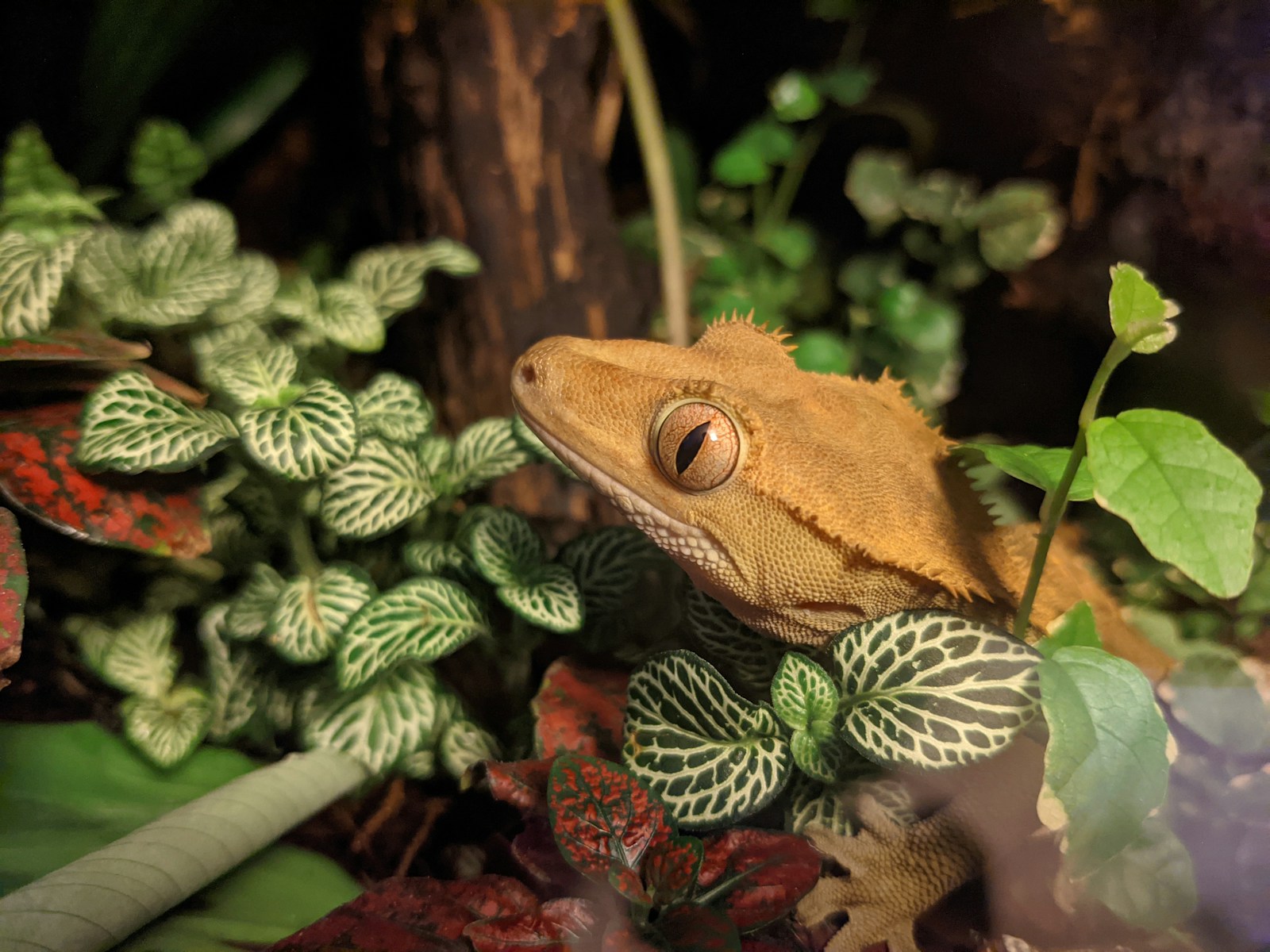
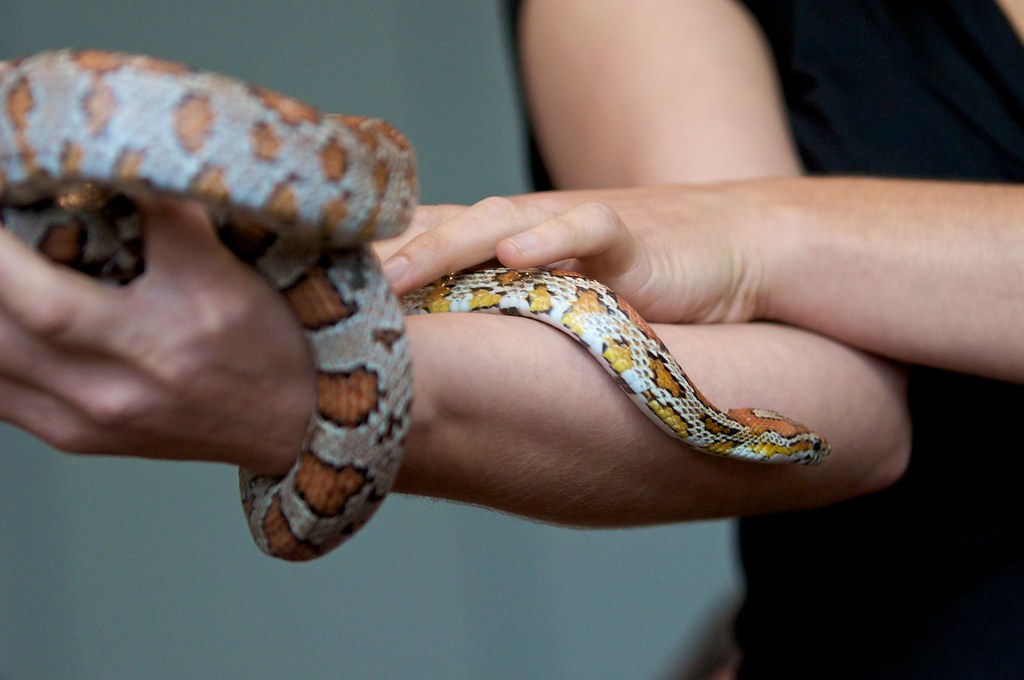

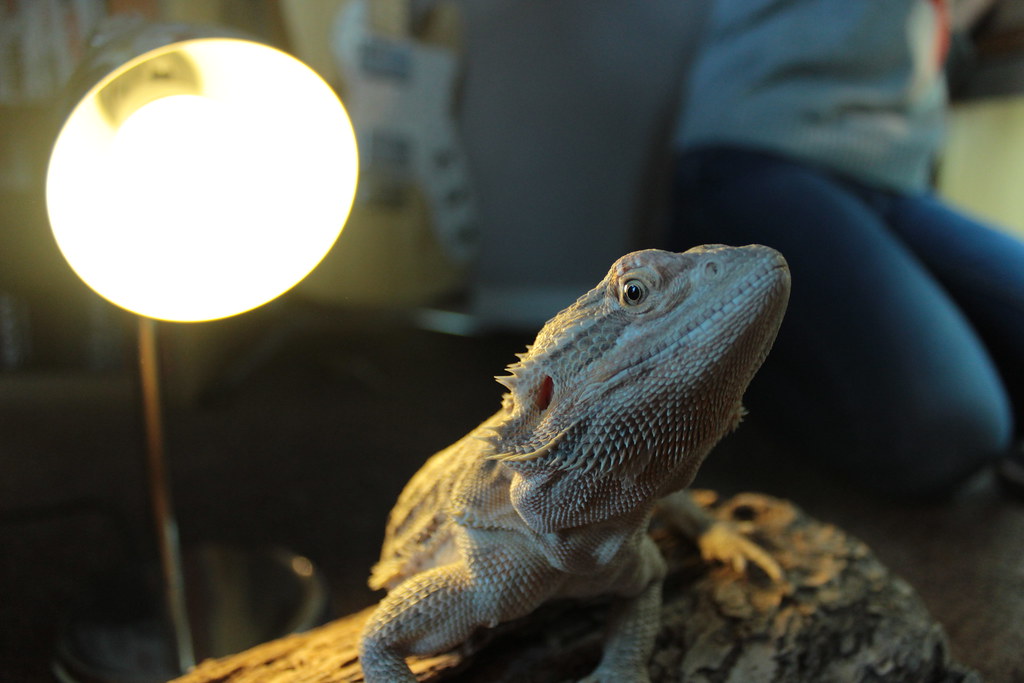

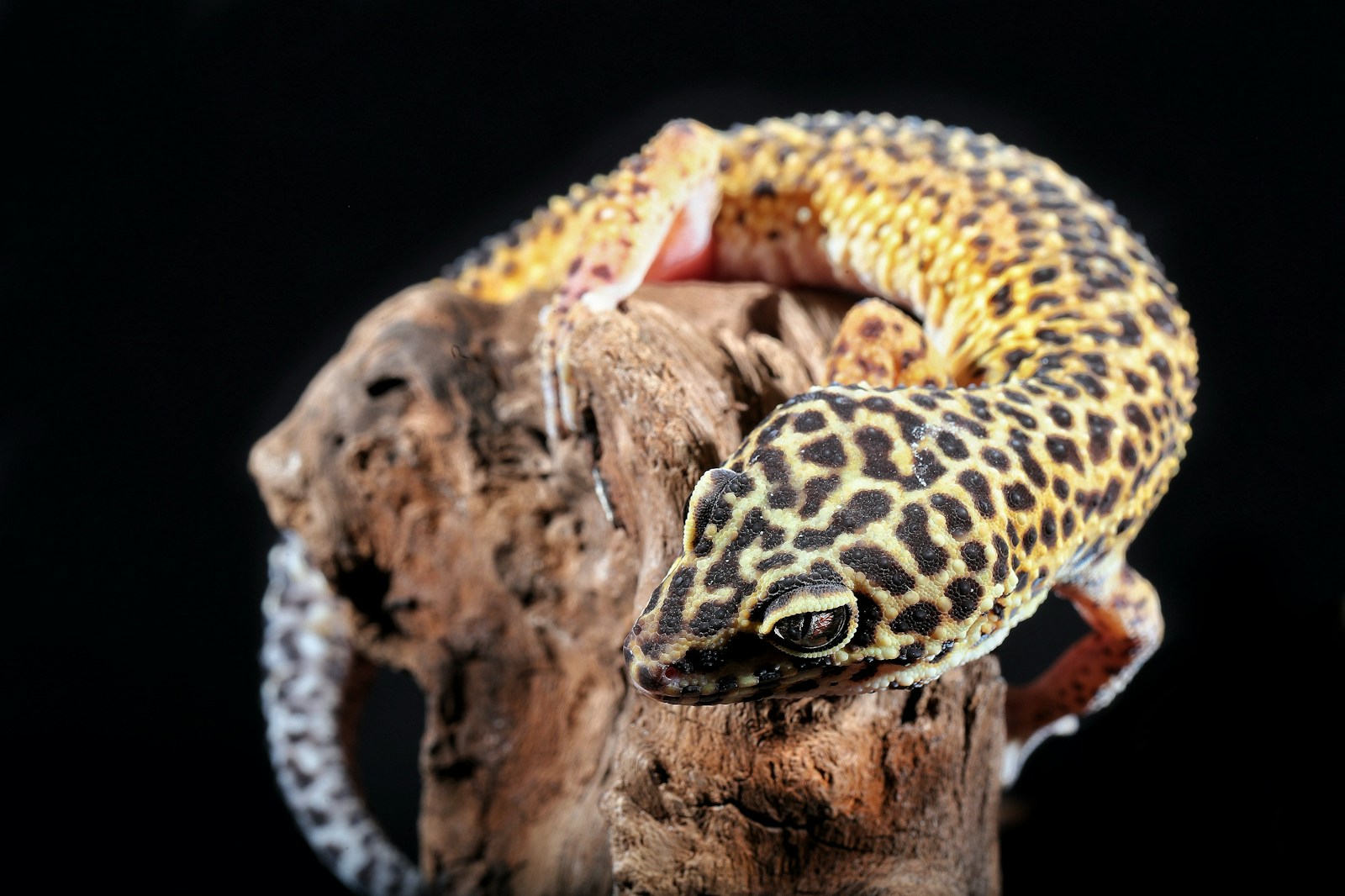

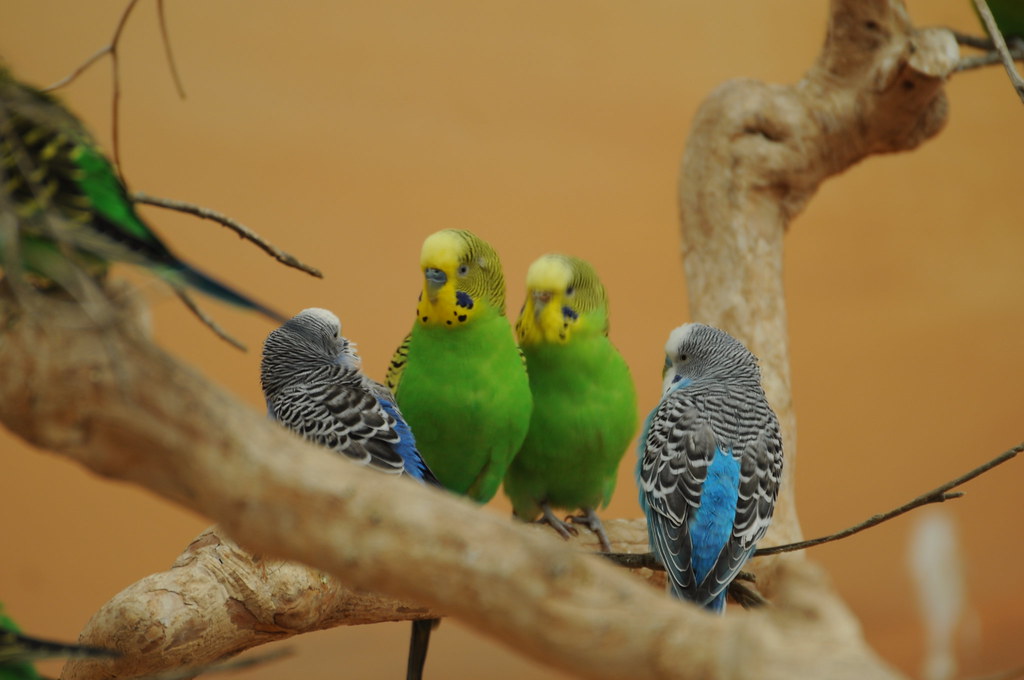
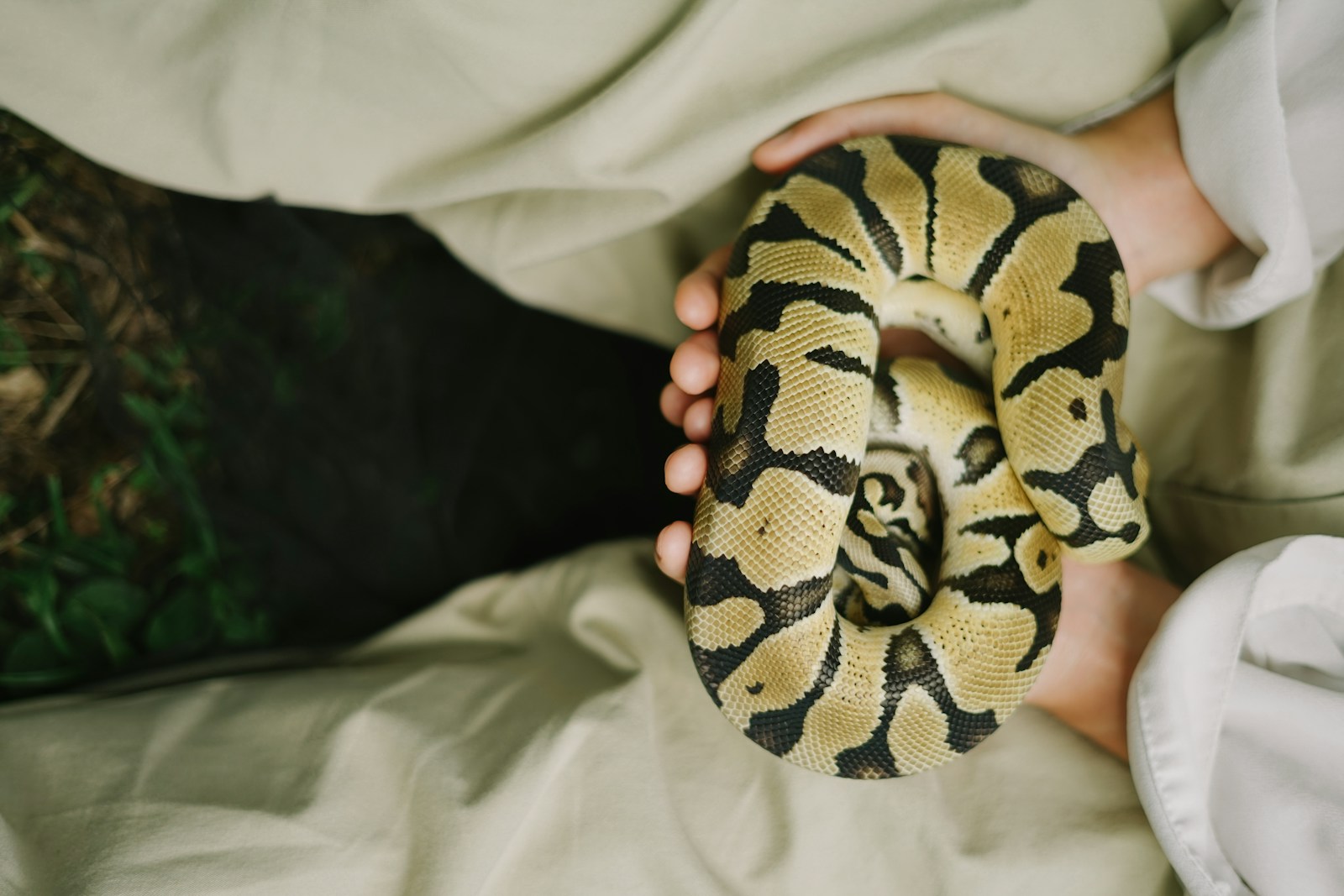
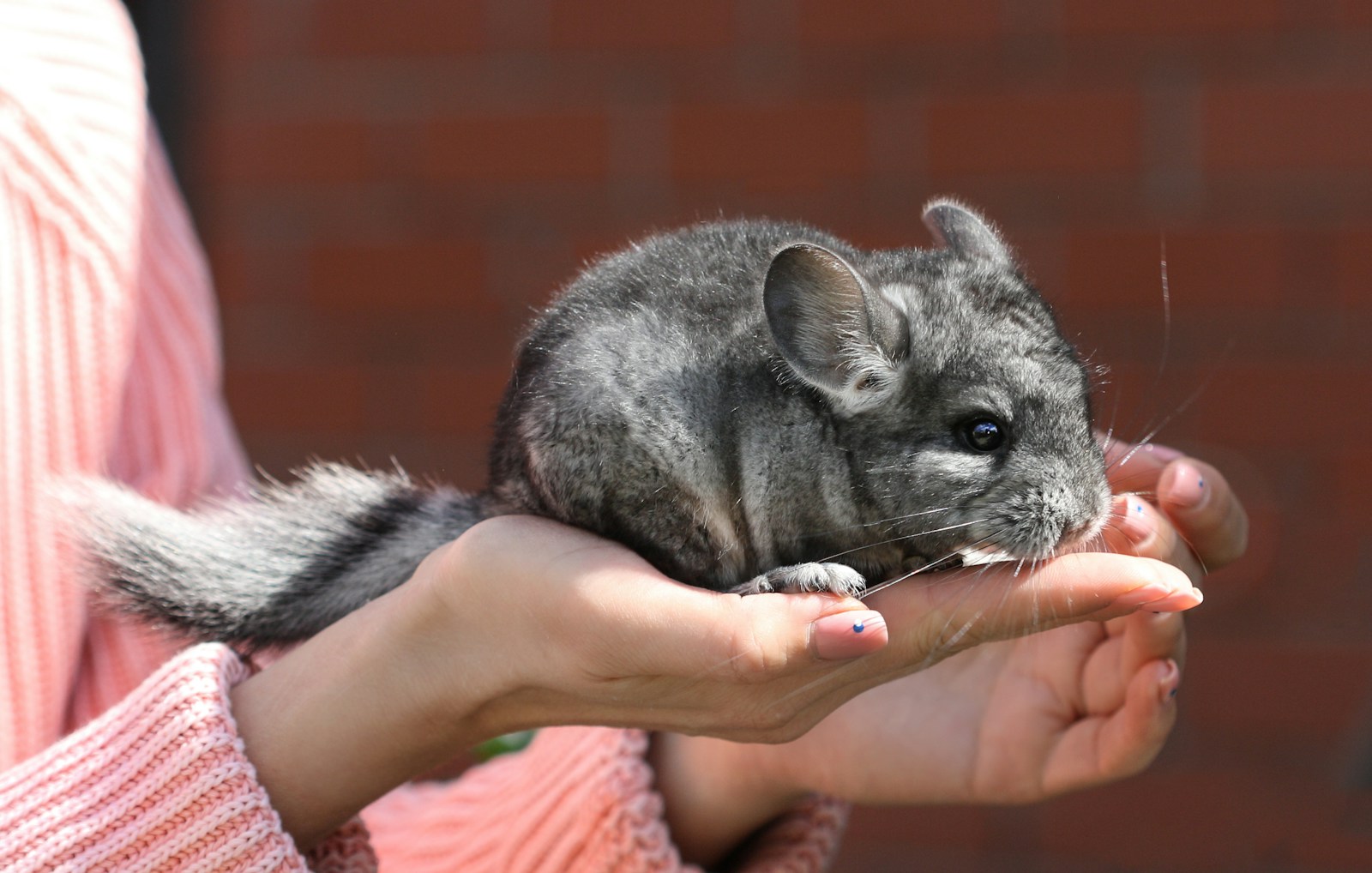

Leave a Reply